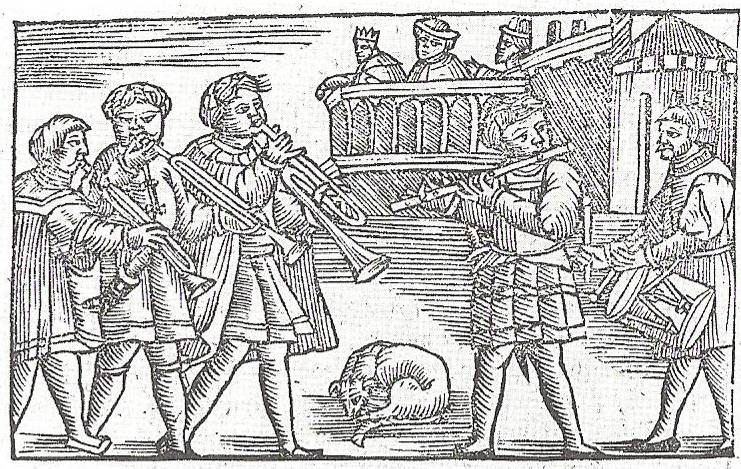 |
| Fanfare Ciocărlia |
Rusasca De La Buzdug - Fanfare Ciocarlia (Balkan Brass Band)
Canchis Tierra Linda – Banda San Martin de Sicuani (Peruvian Festival Music)
Obassanthi – Jaipur Kawa Brass Band (Indian Brass Band)
Paayaliyaa - Jaipur Kawa Brass Band (Indian Brass Band with vocalist)
Te Presumo – Banda el Recodo (Mexican Banda Pop Music)
Ishq Bina Ishq Bina – The Bollywood Brass Band (Indian Film music of A.R. Rahman;mixture of funk and raga)
Dola Dola - The Bollywood Brass Band (Indian Film music of A.R. Rahman; Latin influenced)
Ta Ka E Sola (He was a stranger) – Mailefihi College Band from the nation of Tonga.
Tuitui Tamafa #1 (Sewing and Eating While Standing) - ) – Mailefihi College Band from the Nation of Tonga
Lavemalie (Touch Me Gently) ) – Mailefihi College Band from the nation of Tonga; Polynesian folk song with vocalists. The three selections above are on the CD: Ifi Palasa Tongan Brass
Siupeli Silver #3 (Silver Jubilee) by Vilami Tu’ipulotu – Maopa Band of Kolofu’ou
Concertino Para trompete-Finale by José Urscino da Silva “Duda” – Quintetto Brassil
Coletanea '93-os Monges De St. Thomas by José Urscino da Silva “Duda” – Quintetto Brassil
We also viewed this recording of the Trombones de Costa Rica performing
Here is a bonus video from YouTube of Shyam Brass Band performing and many others from their website.


